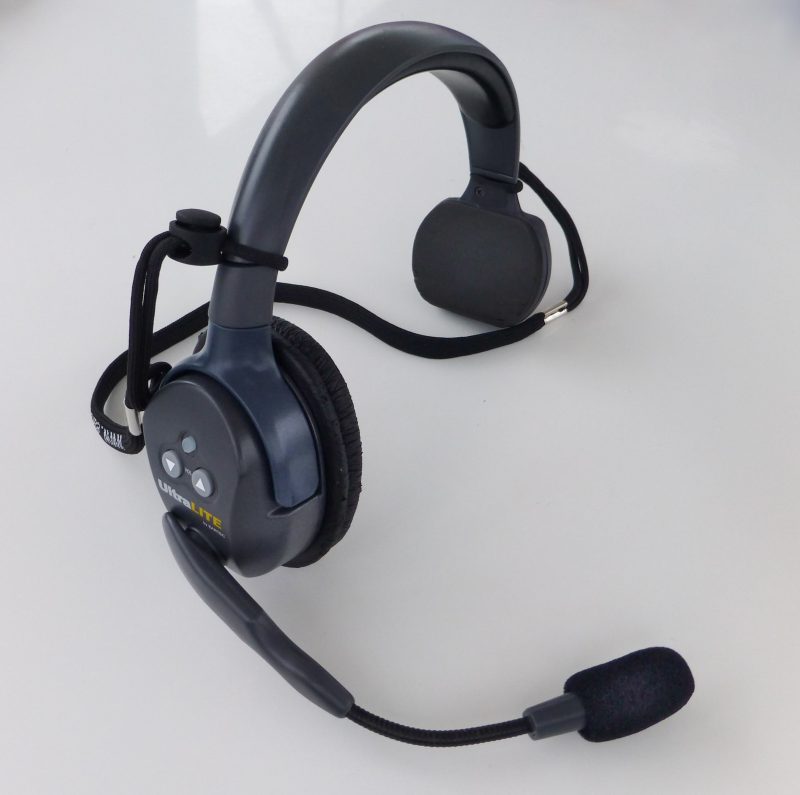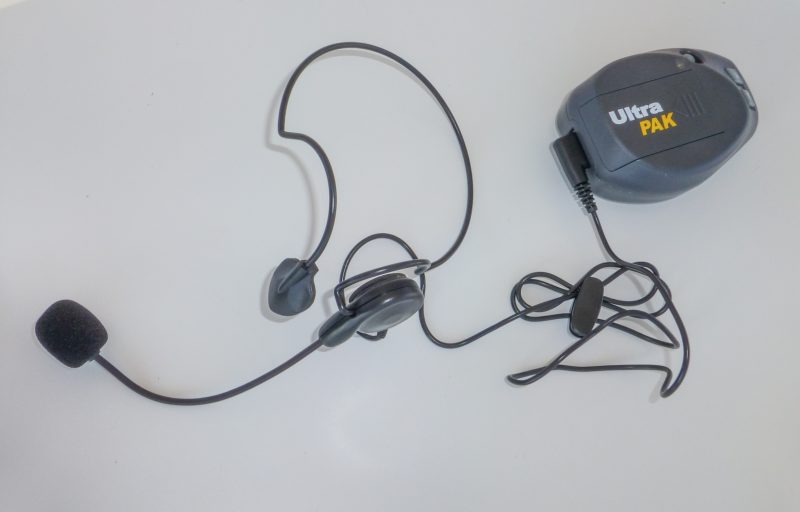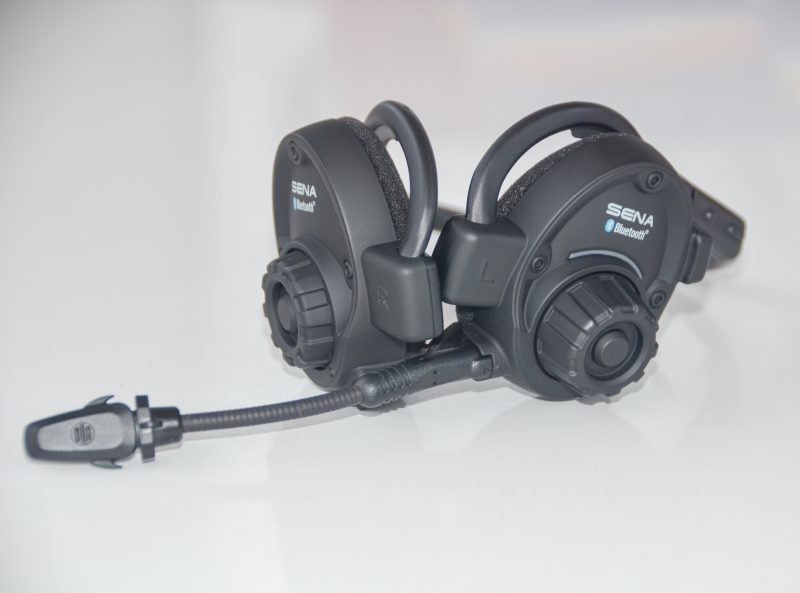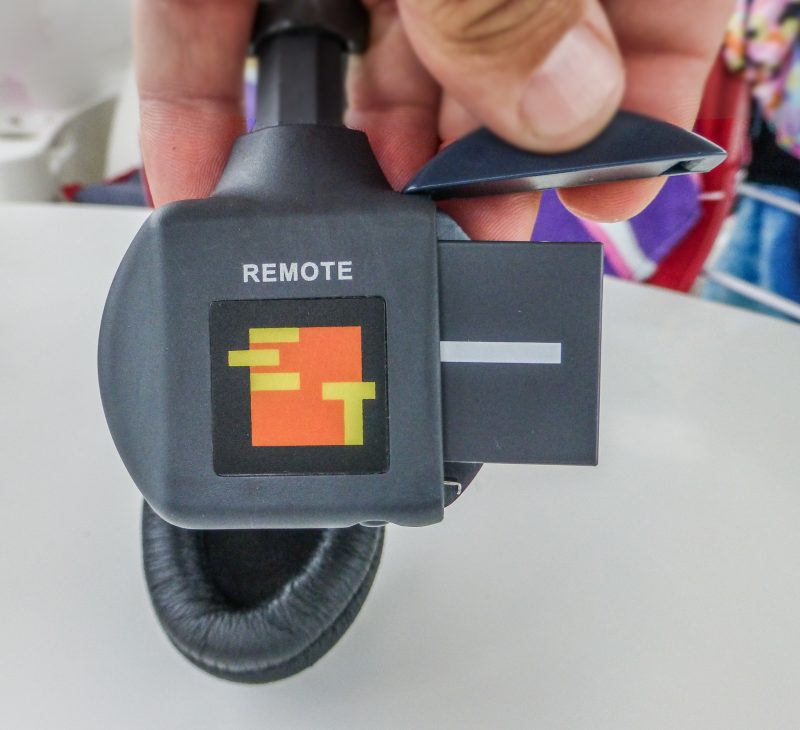
Pontoon Boat Brands to Avoid – Read This Before You Buy
By: PontoonPedia
A question I’ve been asked a few times over the last year is if there are any pontoon boat brands to avoid. It’s understandable, as even a used pontoon boat is going to cost you a fair whack, so you don’t want to end up making a mistake.
But here’s the thing; I personally would not avoid any of the current pontoon boat brands.
Virtually anything that has been manufactured in the last couple of decades will have been engineered to the highest standards and passed the relevant safety ratings.
Where pontoon boats will truly tend to differ will be the quality of the fixtures and fittings plus how they have been constructed overall.
It’s very easy to get distracted by all the shiny functionality you see on the deck. When looking at a pontoon boat, don’t just take in the seating, carpets, accessories, tech, and gear that gets thrown in.
You need to do your own due diligence by looking under the console and deck to see what the workmanship is like.
As an example, some pontoon boats will have rails and decks that have been screwed in. Other will be bolted through. Through bolting will give you a much better boat that’s going to last a lot longer, possibly with a reduction in overall maintenance costs.
Another thing to look at is the brackets on the pontoon tubes. The M shaped brackets are much better. But don’t stop there, also look at how the welding has been done, and on used boats, look for signs of damage and patching.
These are just a couple of tips; there’s a lot more to it.
You will need to do a lot of research before deciding whether a certain pontoon boat brand and model is one that you avoid or choose to go with. That includes talking to other pontoon boat owners.
To help you with your decision-making process, I’d like to refer you to some of the more in-depth content on Pontoonopedia that I encourage you to read in full before you pull the trigger on a purchase.
Must-read buyers guide for buying a new pontoon boat
If you are looking to buy new, and don’t know what pontoon boat brands to avoid, then this buyer’s guide won’t tell you that, as all brands make great models. What it will do is give you some insight into:
- What to avoid when buying new.
- Size and capacity considerations.
- Pros and cons to buying a new pontoon versus used.
- How you know if it’s a good pontoon boat or not.
- Which factory options you should choose for you.
I suggest reading the entire buyer’s guide in full before you start your search this year.
What to look for when buying a used pontoon boat
I’ve put together a checklist of questions and things to avoid when buying in the used market. This includes aspects such as:
- What will you be using the boat for?
- How much deck space will you need?
- How to search for great deals and prices.
- What elements on the pontoon boat you need to check out.
- What state the engine is in and how many hours it’s done.
- What the fixtures and fittings are like.
- What additional features will you need.
- How to compare prices and get better price.
- Whether a manufacturer warranty is important or not.
- How to ensure you get a log of receipts and work done.
- Taking a used pontoon boat for a test drive.
- Asking for proof of ownership and the seller’s reputation.
- What you need from a survey and insurance.
To read the guide in full so you know what pontoon boats to avoid when buying used, read the full used buyer’s guide.
Some pontoon boat basics
If you’re still undecided on whether to take the plunge, you might want to get to grips with some pontoon boat basics. I have listed advice on:
- Passenger capacity.
- Launching and driving.
- Beaching and anchoring.
- Parking in slips and marinas.
- Safety basics and tips.
- Trailer and towing basics.
- Fishing set-ups and layouts.
For more detailed information on each point, go check out my pontoon boat basics 101.
Making your final selection on a pontoon boat
There’s also a lot more information you need to get to grips with on how to make your final selection. This selection guide includes advice on:
- How to choose the right pontoon boat for your needs.
- What size you need depending on your plans.
- Whether you will need a fishing set-up, or just leisure, or both.
- How much your ideal pontoon boat should cost.
- What makes a good quality pontoon boat design.
- Question to ask the boat dealers before you buy.
Selecting the right pontoon boat for a family
And finally, if you are family-focussed, and looking for something to suit your and your brood, I’ve put together a guide specifically for this market. Tips include:
- Why plenty of seating is of paramount importance.
- How a pop-up changing room will be needed.
- The protection a decent Bimini will offer.
- How storage space should be a huge consideration.
- Why vinyl flooring might be better than carpeting.
- How watersports might change which boat you buy.
- The types of inflatables you can buy.
- What safety gear you will need for your family.
- Why a boarding ladder will be essential for kids.
Read my family-friendly guide to choosing a pontoon boat if you have kids.
The last word…
So there you have it. If you’ve read through all those guides you will now be in a far better position to choosing the best boat and brand to suit your needs. As mentioned, currently I wouldn’t say there were any pontoon boat brands to avoid. It all comes down to suitability, budget, and your individual needs.
For All Your Accessories and/or Vinyl Flooring Visit Pontoon-Depot's Shop Site.

Full Duplex Wireless Headsets, Truly Marriage Savers!
By: Panbo
I’ve often heard wireless headsets referred to as marriage savers but before cruising full time I didn’t realize the accuracy of the nickname. Now after several years of regular use, I wouldn’t want to cruise without them. But there are multiple brands and types of headsets, and two we’ve used extensively each has its own strengths and weaknesses.
Before getting into the details, I’ll explain when the headsets became important to us. Early on, it was fairly easy to tie up at our home slip in Chicago with dock lines preset and a well-understood plan, and unfamiliar docks were definitely the exception. But when we began cruising, nearly every docking was at a new slip and frequently prone to last minute changes. Chaos sometimes ensued.
Have Another Day has a stern docking camera with a good view of the swim platform and a microphone in the camera. That microphone allows me to hear my wife, Laura, when she’s standing in our cockpit and frequently a dockhand standing near the stern. This could lead to dialogs that went something like this:
- Dockhand to Laura: Do you want this line cleated off?
- Laura (looking at the camera): Do you want the line cleated?
- Me (in a fairly normal voice): Yes
- Laura: Ben, do you want this line cleated off?
- Me (in a louder but still not shouting voice): Yes
- Laura (in a more insistent tone): BEN, do you want this line cleated off?
- Me (in a full shout): YES
- Laura (in an annoyed tone): Okay, but you don’t have to yell…
After a few of those exchanges, the need for better communications was clear. With a little research, I determined that there are two companies with strong products to suit our needs.
Eartec UltraLITE
The Eartec UltraLITE headsets use DECT 6.0 — the standard developed for cordless phones that finally made them work reliably, if you remember those — in the 1900mhz frequency range. The UltraLITE headset is available in single and dual earcup designs depending on the user’s preference and up to five headsets can be connected to each other for full-duplex communications between all headsets. Full-duplex is the ability to both talk and hear the other person at the same time, unlike some alternatives like VHF handhelds.
Each UltraLITE system consists of one master headset and up to four remote headsets, and the master must be powered up for any headsets to be able to converse. Eartec offers their headsets in bundles with varrying configurations of single and dual ear-cup ranging from $385 for a two person, single ear-cup system to $1,020 for a five person, dual ear-cup system. All configurations include batteries, charger and a carrying bag. If more than five headsets are needed an Eartec Hub can be used which allows up to 9 headsets to converse.
Ultralite self-contained headsets can also be paired with the ULP1000 beltpack which supports a number of corded headsets. UltraLITE and beltpack headsets have an advertised range of 400 meters in open areas.
The headsets and beltpacks all use a common lithium-ion rechargeable battery back. Eartec includes either a 2 or 8 battery charger based on the number of headsets in the bundle ordered. Additional chargers are available to charge either two ($50) or eight ($80) batteries at a time. Eartec says each battery lasts 6 hours on a charge.
Sena Headsets
Sena’s line of headsets use Bluetooth to connect to each other and also to mobile devices. So, in addition to being used as an intercom, the Sena headsets can be used as a Bluetooth headset for phone conversations and as stereo wireless headphones to listen to music. Sena’s headsets can support up to four parties in an intercom session.
Sena has four different models two lightweight models and two more rugged and water resistant models. The $150 Expand with a short fixed microphone is the lowest priced model, the $180 SPH10-10 adds a flexible boom microphone, a jog wheel to control it and a wired auxiliary input. The more rugged Tufftalk series has sound deadening capabilities for high noise environments and also have FM radios built in. The $250 Tufftalk Lite is the entry model, while the $400 Tufftalk is the most rugged and heavily built of the lineup.
Sena says their headsets have a range of up to 800 meters in open areas.
How do they compare?
Whichever headset brand you choose you won’t go wrong, but the two companies’ products have quite a few differences and you may find one brand fits your needs better than the other. Overall, I’ve found the audio quality to be higher on Eartec’s headsets. The Sena’s audio quality is perfectly acceptable (I would equate it as similar to telephone call quality), but the Eartec’s quality is really good. But then again, Sena’s ability to make or take phone calls –like maybe with the marina office– or listen to some soothing music in the background may be more valuable to you.
All of Eartec’s self-contained units (those without a separate belt pack and headset) are over the head style and come in a single headband size. I have an abnormally large head and hence have had no troubles with UltraLITE staying on my head, but my more normal wife has found that if she leans forward too far the headset slips off. The Sena’s Expand and SPH10-10 are both behind the neck style which seems to better fit smaller heads.
The Eartec units are a little simpler to get connected for conversations between more than two headsets. UltraLITE headsets ship be paired to a master unit and can all be used together as soon as they’re powered up. The Sena headsets will automatically establish a two-party conference On power up, but each additional headset has to call one of the active pair to join the conversation. This isn’t hard to do — it’s initiated with a simple button press — but it’s another step that must be completed before everyone is talking together.
The Sena units are only available in dual-ear designs with both ears covered. In docking situations, I would prefer to have one ear uncovered to be able to hear what’s happening around the boat as well as what my crew is saying. Eartec has models with both single and dual ear cups.
Although the Sena headsets have a longer stated range, in my testing I found the Eartecs to work over greater distances. The Eartecs both went further before audio began to break up and worked a greater distance before the audio became so garbled it couldn’t be understood. Both headsets provide real-world range of several hundred feet with good quality and working through multiple decks into the engine room has never been a problem, so I don’t think range will be a major factor for either company’s headsets.
This summer while navigating a challenging area Laura used our dinghy to lead Have Another Day through the shallows. We’ve done this before with two-way radios but with headsets we were able to comfortably converse without breaking concentration or taking hands off the vessel controls for the radio. We also frequently use the headsets in a lock and while performing maintenance tasks in the engine room that requires someone at the helm.
We have been thrilled with the difference full-duplex headsets make while docking. Instead of minimal communication at a yell, we are able to carry on conversations in a normal speaking voice and calm tone. Docking can be stressful and nothing gets my stress up faster than having someone who can see part of the boat I can’t yelling something I can’t make out. I’m left to wonder: Should I stop? Should I throw the boat in reverse? Should I keep going? With headsets, I know the difference between “someone fell in so stop everything“ and “oh look, a dolphin.”
For all your accessories and/or vinyl flooring visit Pontoon Depot's shop site.
- Amy Cabanas
- Tags: Boating Boating Safety DIY Family polite boating Pontoon Accessories pontoon boat respectful boating tips

Average Pontoon Boat Speeds (With 15 Examples)
By: BetterBoat.com
When buying a pontoon boat, one of the major considerations is your top speed. Since pontoon boats are generally not built for speed, skiing and tubing behind one can be difficult unless you take care to select an engine, weight, and pontoon style that will be conducive to speeds required for skiing and tubing.
How Fast Do Pontoon Boats Go?
I scoured the internet for guys who have reported their speeds on forums around the web. All speeds recorded with GPS, and except where listed, with a light to medium load.- G3 Suncatcher 22′ V22RF with a 115hp engine and medium load can go about 25 mph (39 kilometers)
- 22mph (38 kilometers) with a 90hp engine and medium load
- With 11 people in the boat (max capacity) and a 115hp engine, it gets about 22 mph (35 kilometers)
- Under perfect, ideal conditions and only one person in the boat, it can hit 31 mph (48 kmph)
- 21′ with lifting strakes and a 90hp engine and perfect conditions gets 36 mph (58 kilometers)
- 18′ Bass Buggy with 60hp engine can go up to 18mph (29 kilometers)
- Suntracker 22′ with a 70hp engine can get 21 mph with a light load (34 kilometers)
- Gigantic 30′ Pontoon with a 115hp will only get around 15mph (24 kilometers)
- 24′ Pontoon boat with a 115hp and a medium load got around 25mph (38 kilometers)
- 18′ Party Barge with a 75hp engine can get around 24mph (38 kilometers)
- 20′ Bass Buggy with a 60hp motor only gets around 13-17 mph (18 to 27 kilometers)
- 20′ Starcraft with a 75hp engine and with no load can get 23 mph (36 kilometers)
- 26′ Crest III with a 90hp engine and medium load can get around 28mph (45 kilometers)
- 24′ 2006 Sweetwater with a 90hp engine can go around 18mph, or 20.5mph with a 115hp engine
- 26′ Tritoon with a 175hp engine and a medium/heavy load can get up to 35mph (56 kilometers)
- 21′ Tritoon with a 90hp engine and only two people on board can get up to 27mph (43 kilometers)
How Fast Do You Really Need to Go?
Your initial response is probably “the faster, the better” but in reality you likely don’t need to go as fast as you think. While speeds certainly vary according to the tastes and abilities of your riders, consider the following as good average speeds for various water sport activities.
- Waterskiing with two skis – 15 to 26mph is pretty normal (28 to 42 kilometers)
- Tubing with very young kids – My kids really don’t want to go faster than 5 to 10 mph (16kph). They are 4 and 6 years old. Most of the time, they feel like idling is a wild ride, but will sometimes get brave enough to hit 11mph.
- Tubing with kids 8 – 10 years old – Depends dramatically on the kid, but most wouldn’t want to go faster than 15 or 20 mph (24 to 32 kilometers).
- Tubing with older teens and adults – Above 25 mph (40 kilometers) is dangerous unless you’re just going in a straight line. At 20 (34 kilometers), you can get really nice air and have the ride of your life but even this speed can be dangerous with more than one rider. 21 mph is a pretty adventurous ride and will easily knock off riders if you make tight turns.
- Wakeboarding – 13mph to 18mph (30 kilometers) is a pretty average ride. Wakeboarding requires less speed than many other water sports, and going too fast increases the danger dramatically. The large, solid board strapped to both legs makes this water sport more dangerous at high speeds than some others.
- Slalom skiing – 14mph (22.5 kilometers) is a little slow and 36mph is HAULING (and extremely dangerous)! A good average speed is somewhere around 22mph (35 kilometers).
- Kneeboarding – Somewhere around 13 to 20 mph (22 to 32 kilometers)
- Barefoot – This blog gives a formula that is helpful for those in the U.S. Take your weight in pounds and divide by 10. Then add 20. So if you’re 200 pounds, you go to 20mph, then add 20, which means 40mph.
If you are new to boating, that is probably a little eye-opening. Before, you thought you needed as much speed as possible, but as you can see from this breakdown, the optimal speed for most watersports is only 22 mph (36 kilometers). Just about ANY pontoon boat with a 90hp motor can do that as long as it isn’t loaded down with people. With a 115, you should be hitting the optimal speed even if your boat is pretty well loaded down with people. For most pontoon boat captains, the real goal is to hit the golden 22 mph (36 kph) mark. At that point, your fishing/cruising rig becomes a nice watersports rig as well.
How Weight (Load) Affects Speed
Prepare yourself for a horrible generalization. This depends dramatically on the specific boat and the setup, but just as a guestimation aid, for every thousand pounds you add to your boat, you’ll lose about 15% of your speed. So a 22′ boat with no load may get up to 29mph, but will likely slow down to 24.5mph with 1,000 pounds of people in the boat (5 or 6 adults).
How the bimini Affects Speed
- One pontoon boat captain reported that folding down the bimini took his speed from 32mph all the way up to 36mph (51kilometers to 58 kilometers). In my experience, it’s usually much less of a difference than that unless it is an incredibly windy day. I usually only see a 1 mph difference with top up vs down.
How the Prop Affects Speed
- When you first get your boat, it will likely come with a “safe” prop that is meant to make the motor operate under nice and easy conditions. Almost everyone will switch out that prop and go with something a little smaller (usually) to get the speed up and push up the RPMs to around 5000 or 6000 depending on your recommended range for your particular motor.
How Dirty Pontoons Affect Speed
- It is not surprising to see a pontoon boat slow down 2 to 6mph if you have algae, barnacles, or other crud on your pontoons. For those pontoon boat captains who don’t trailer but leave their boat in the water most of the season, this is an important consideration.
For all your accessories and/or vinyl flooring visit Pontoon Depot's shop site.

Near-Tragedy Inspiration | Pontoon-Depot
By: pdbmagazine.com
Scott Smiles’ 42-foot boat sank in 50 seconds, leaving him, a friend, and their two PFD-clad young sons clinging to a cooler and EPIRB—the only items he had time to grab. The harrowing experience inspired Smiles to develop Life Cell, a completely new approach to safety equipment storage.
Life Cell from Life Cell Marine Safety is a self-contained buoyant device that holds user-supplied safety and survival equipment. Best of all, it provides flotation assistance for up to eight adults, depending on the model.
Life Cell is simple to use and easy to access. It can be thrown or, should the boat sink, will float off its included mounting bracket. The high visibility Life Cell doesn't rely on its watertight compartment for buoyancy; its flotation is built in. Life Cell models start at $299 with a two-year warranty and are available in orange or white.






